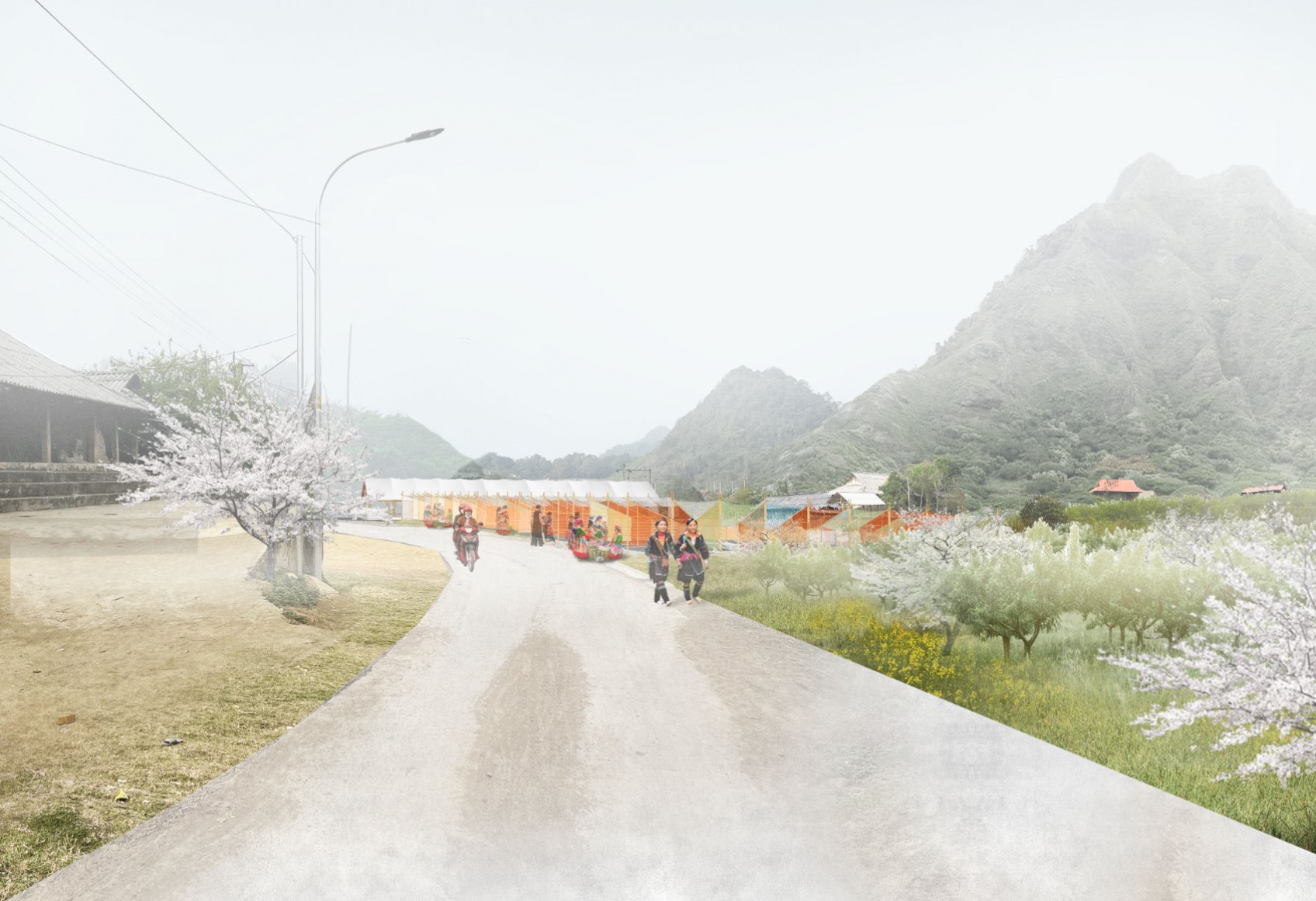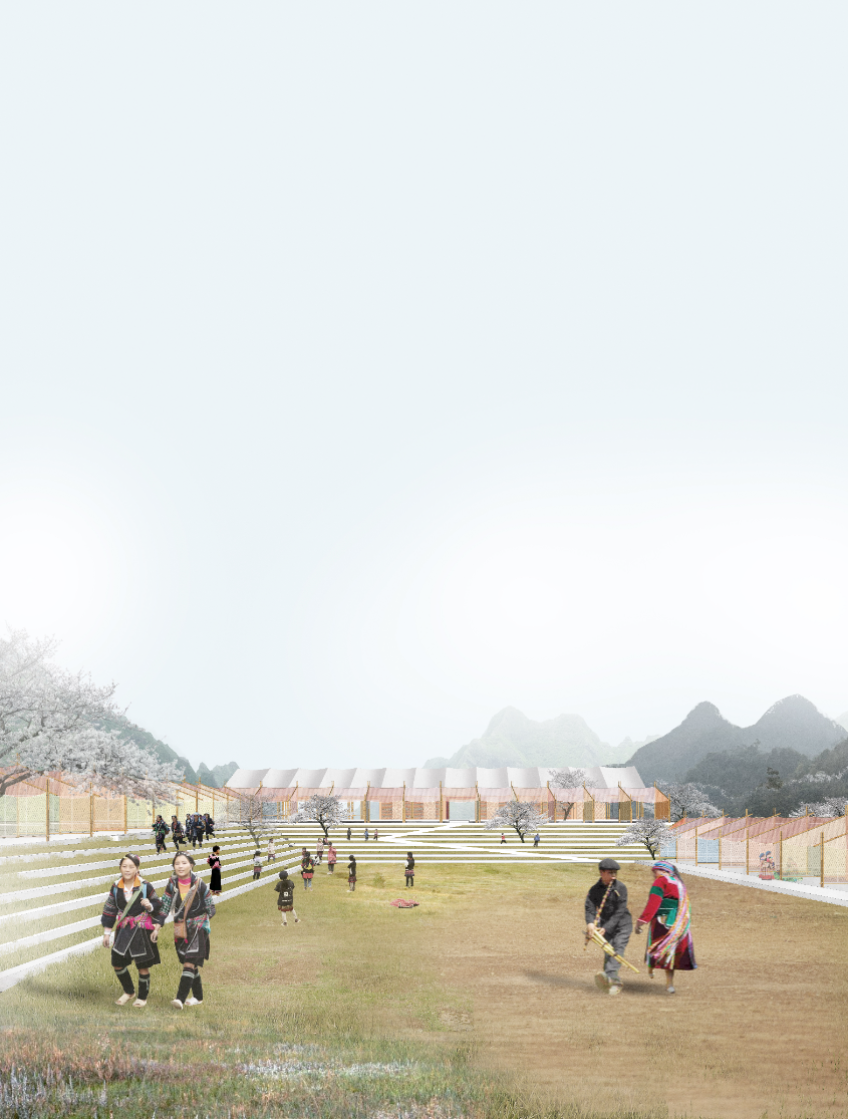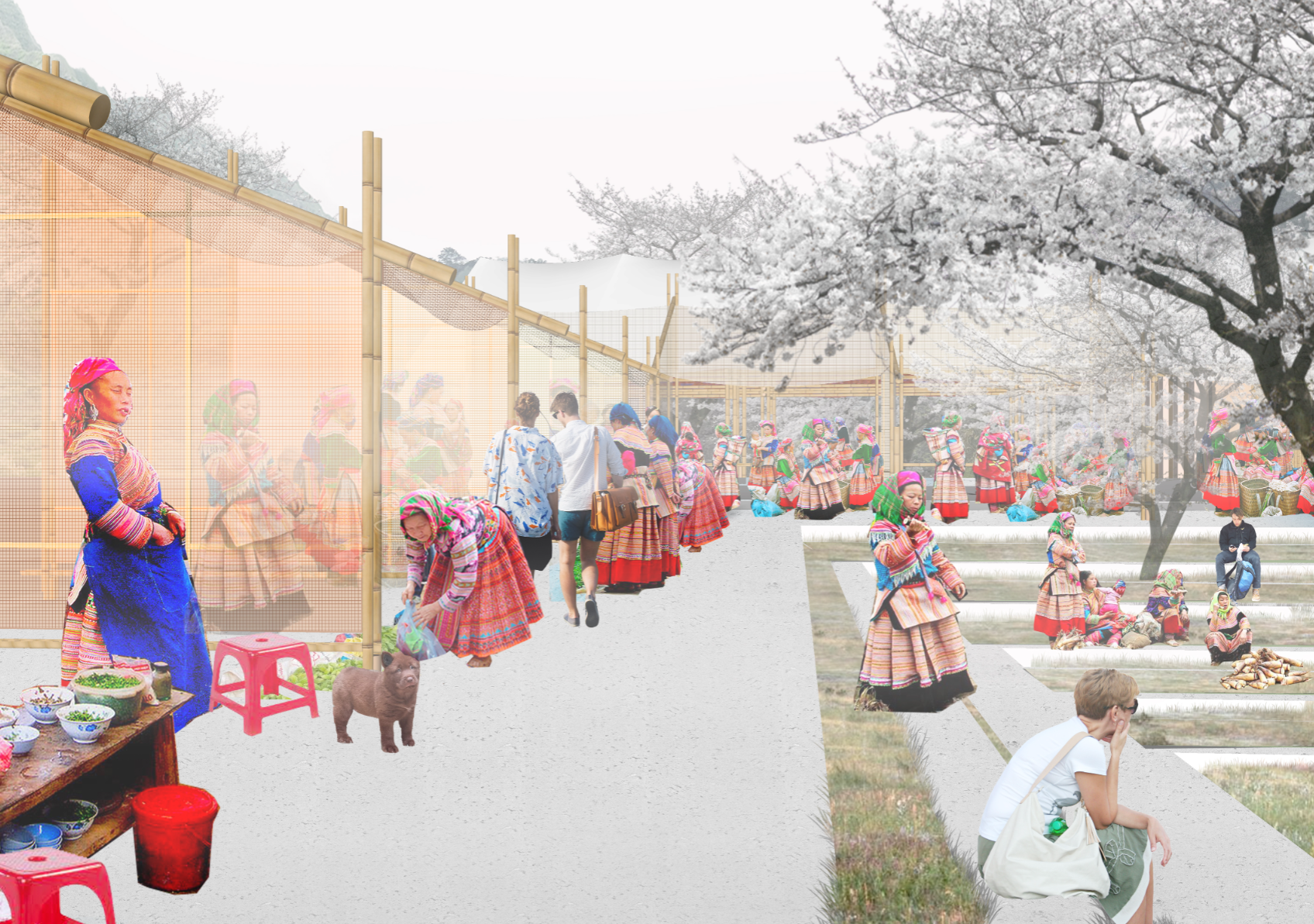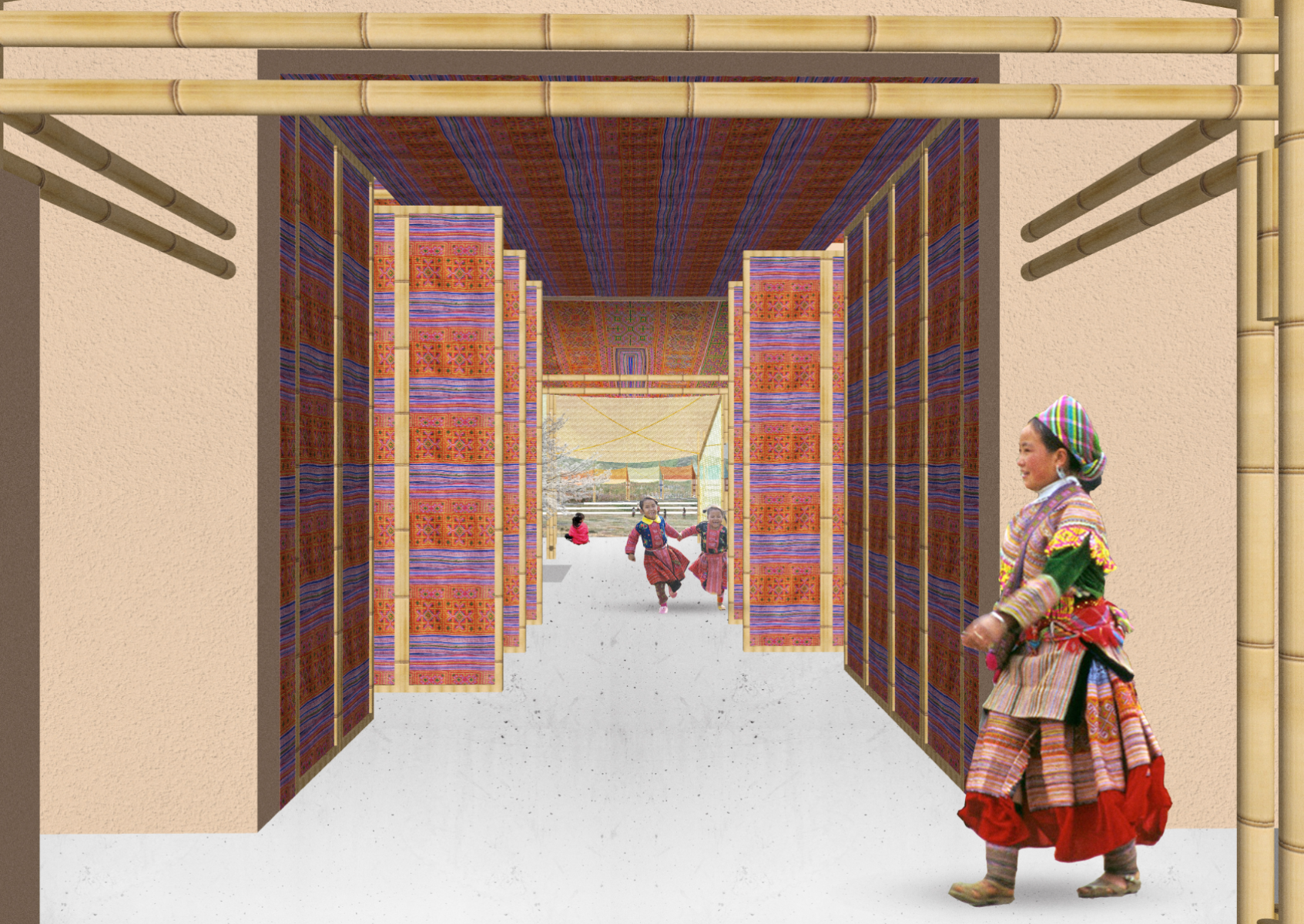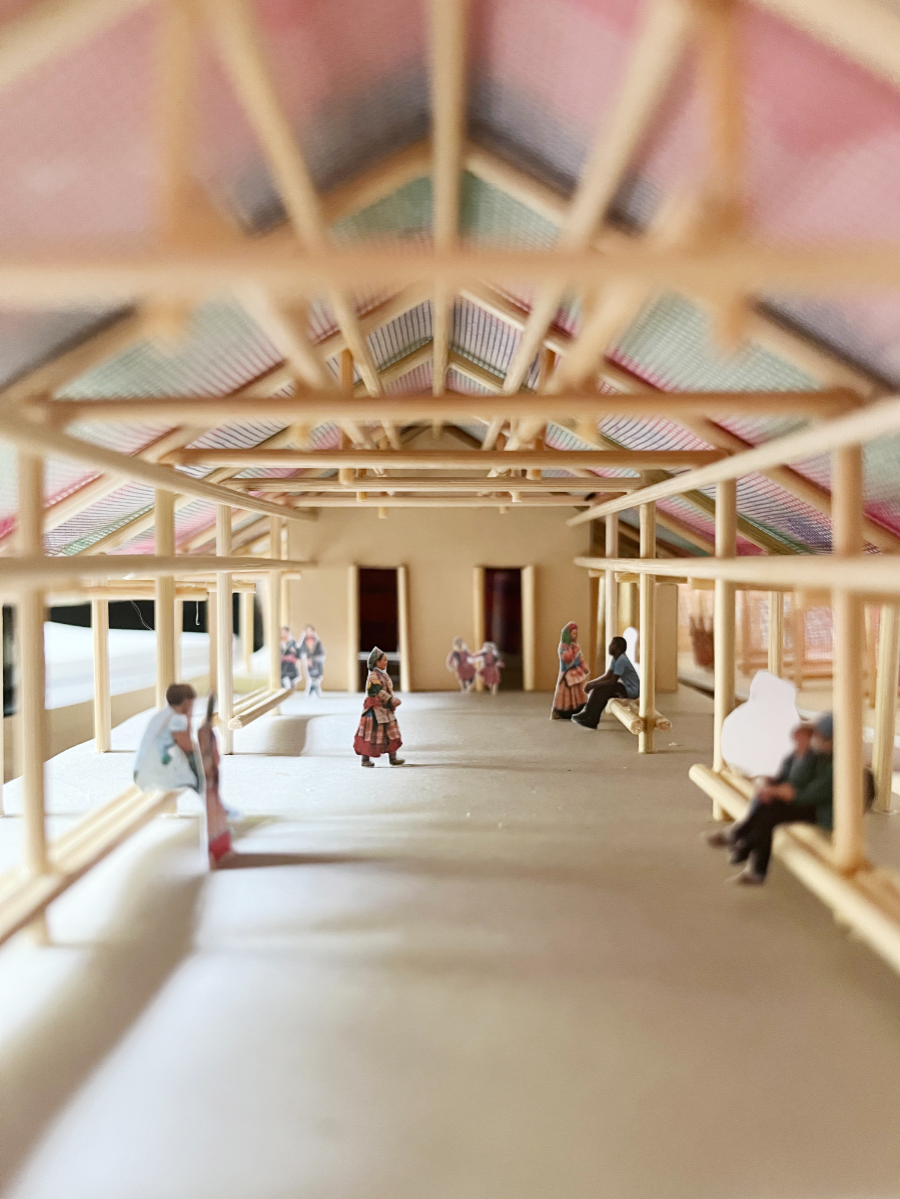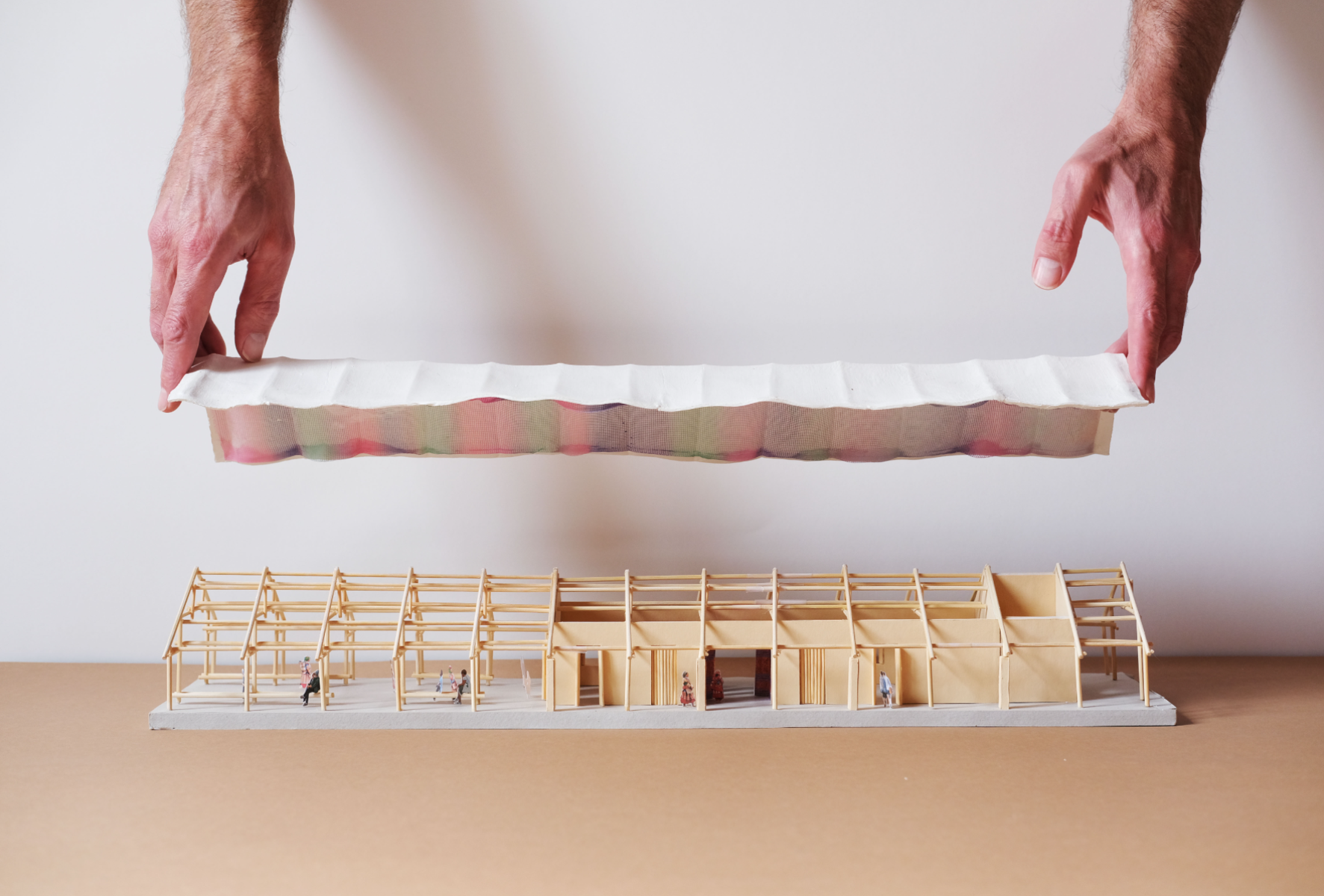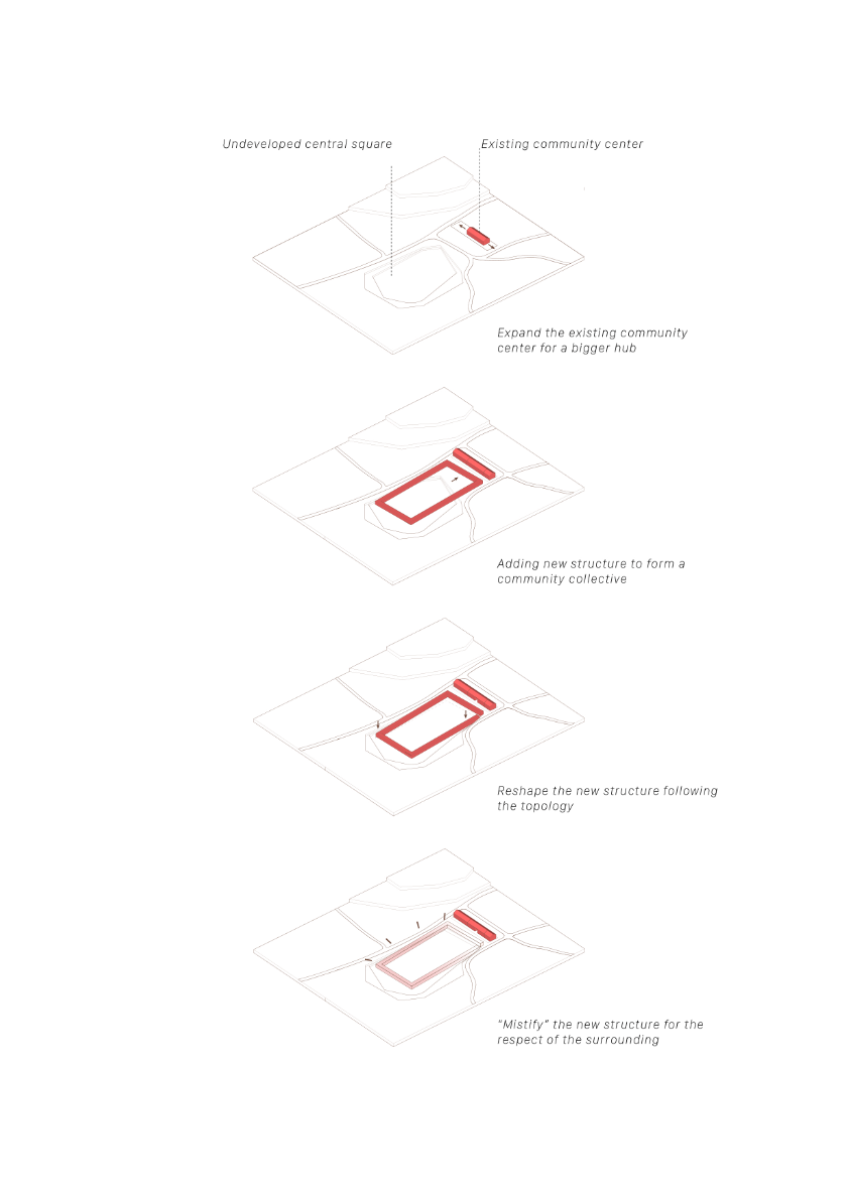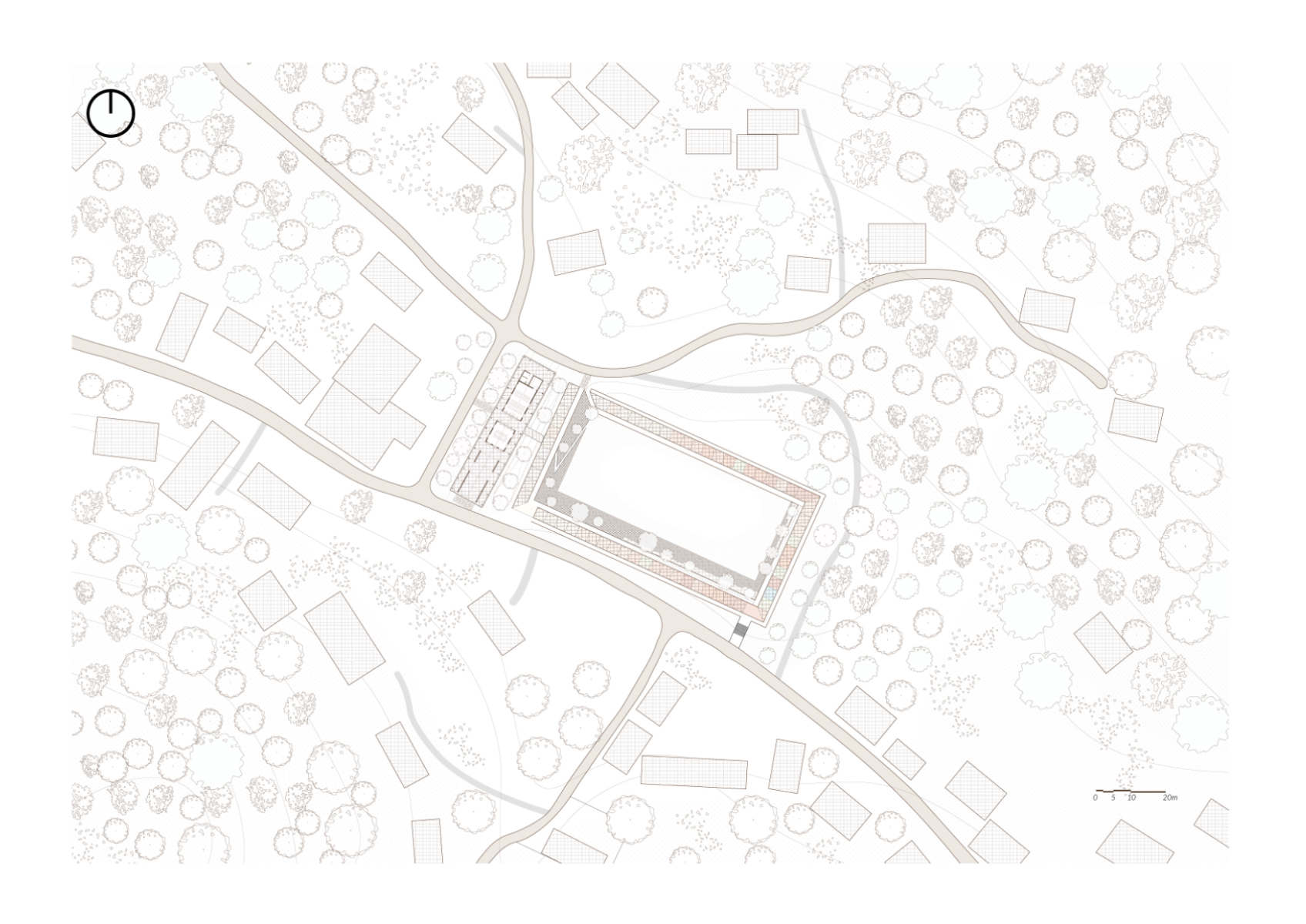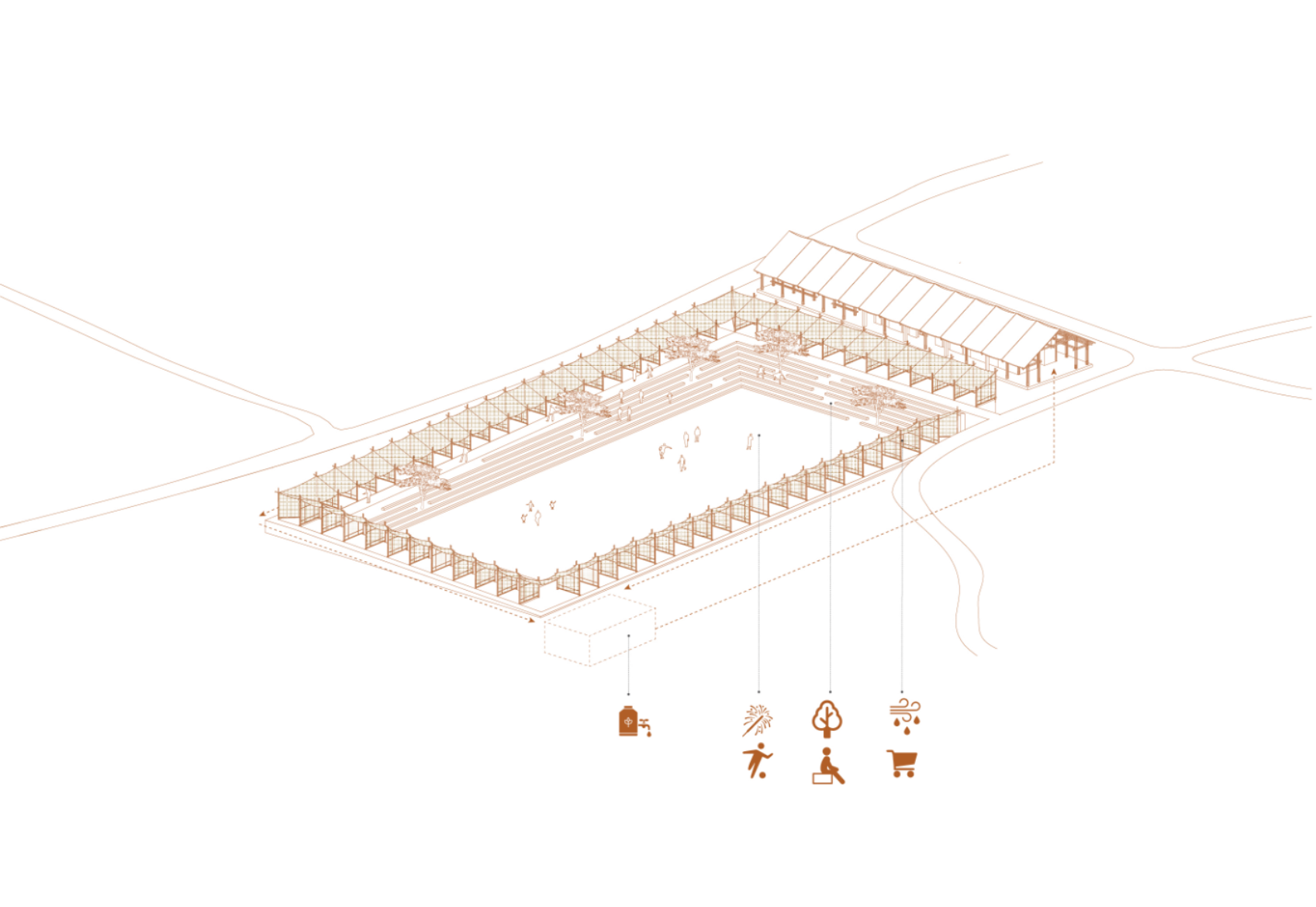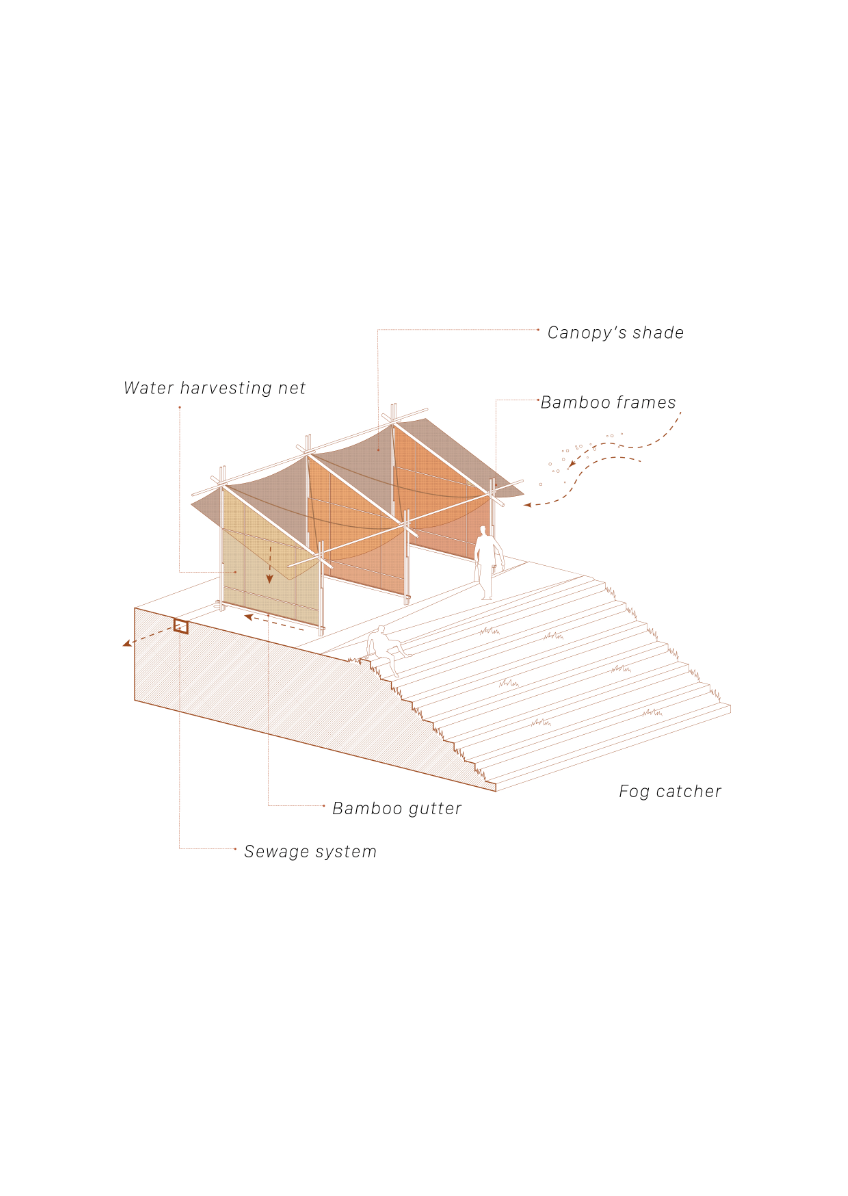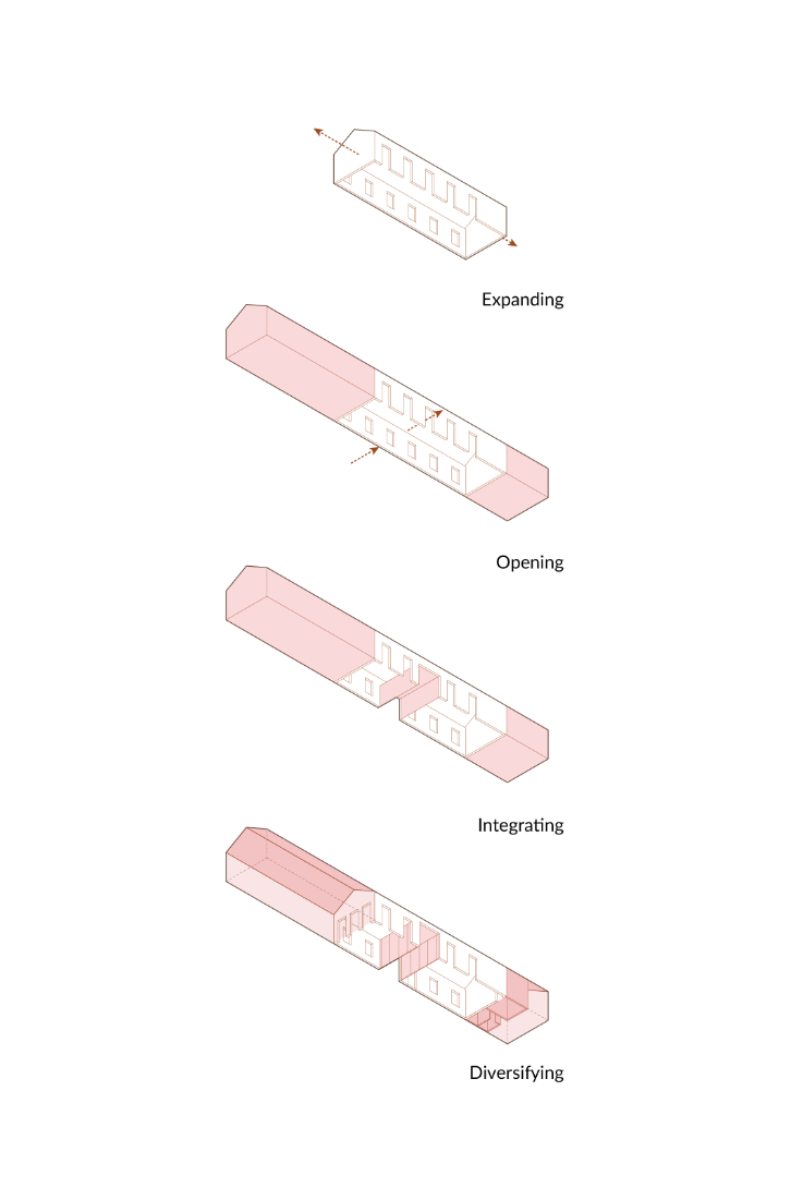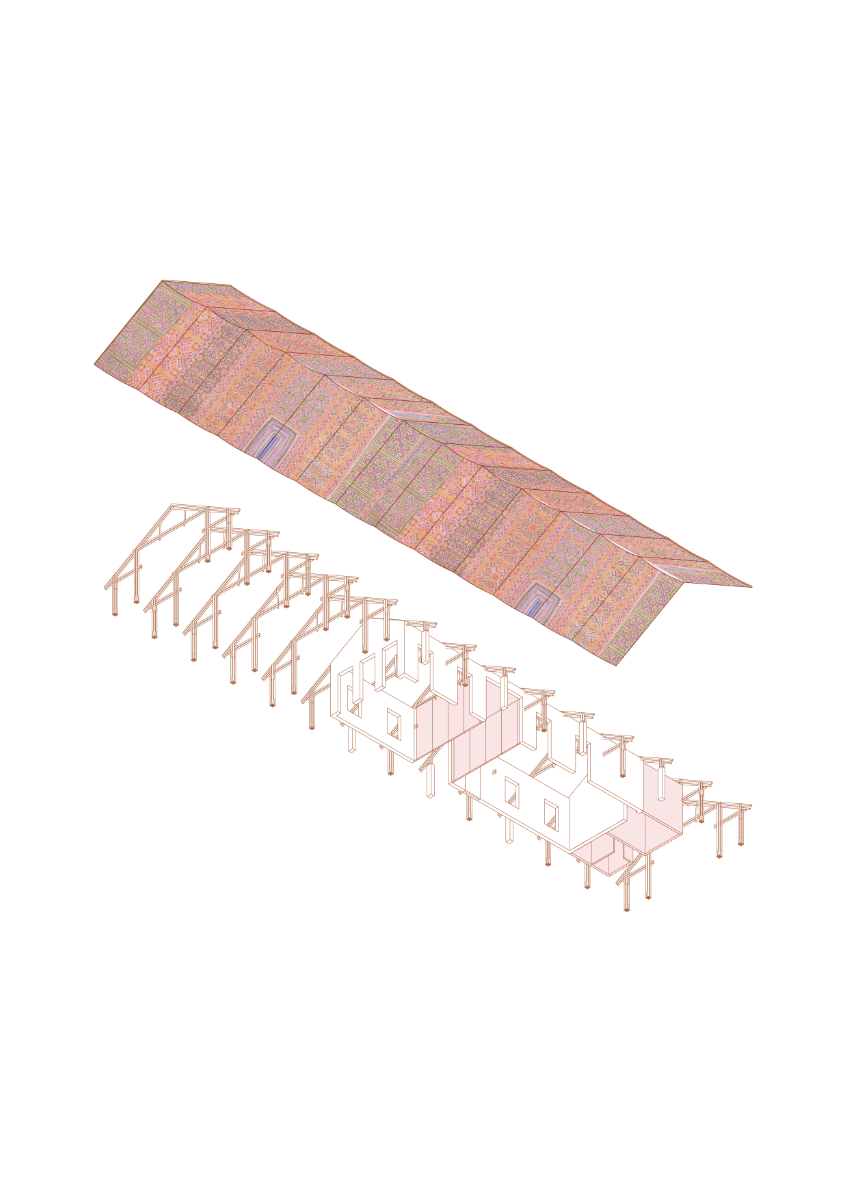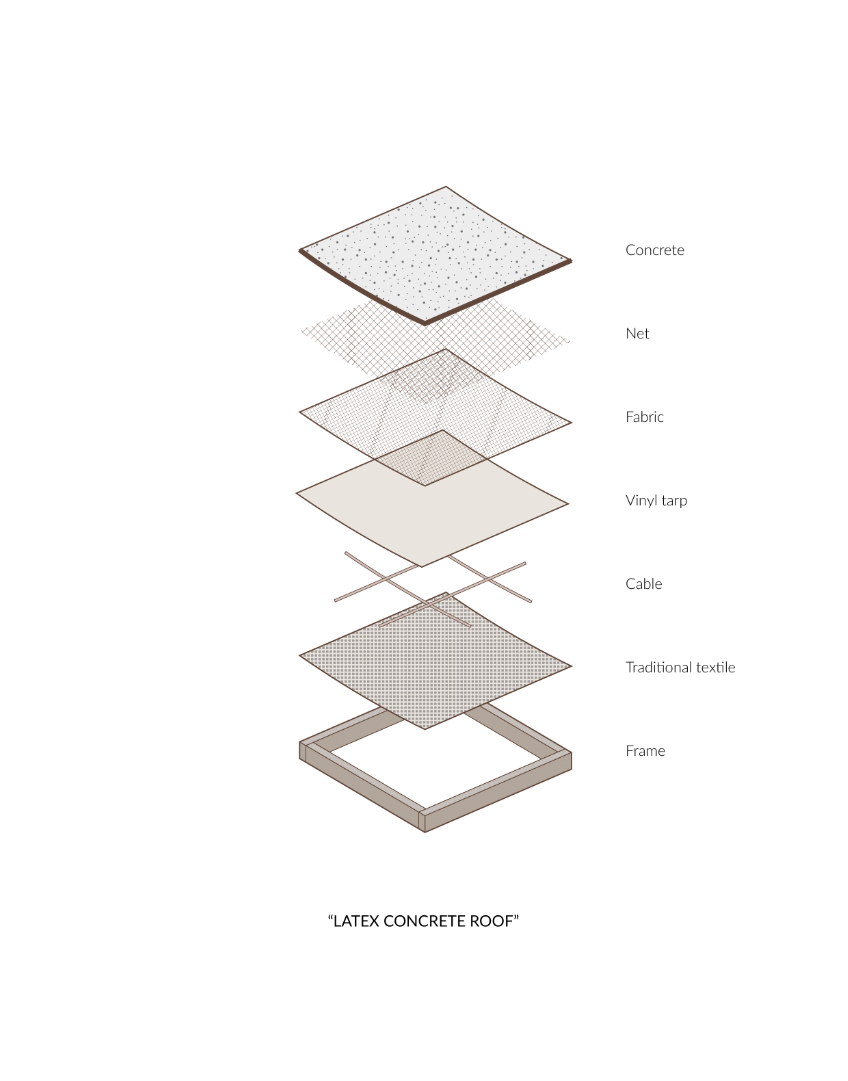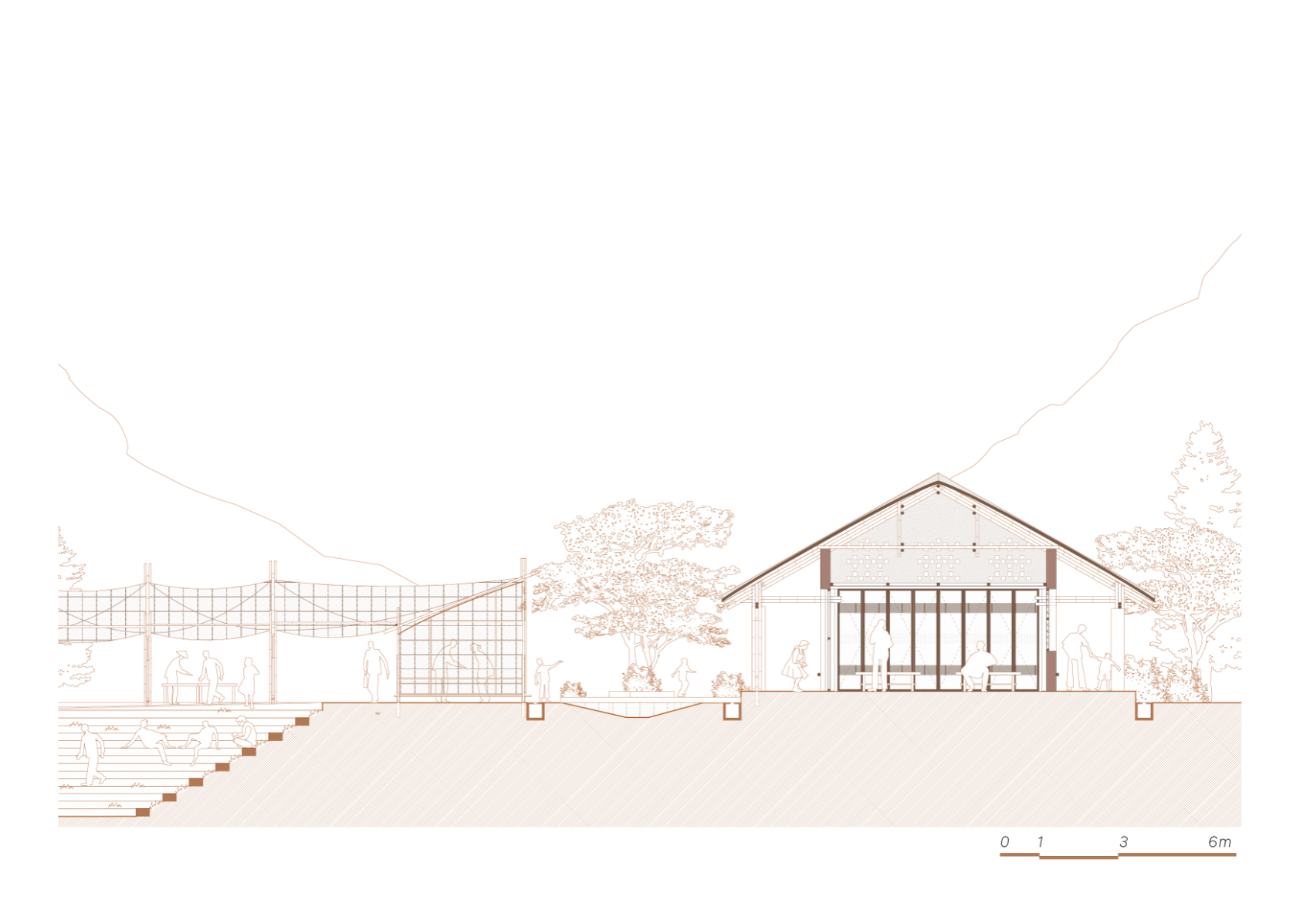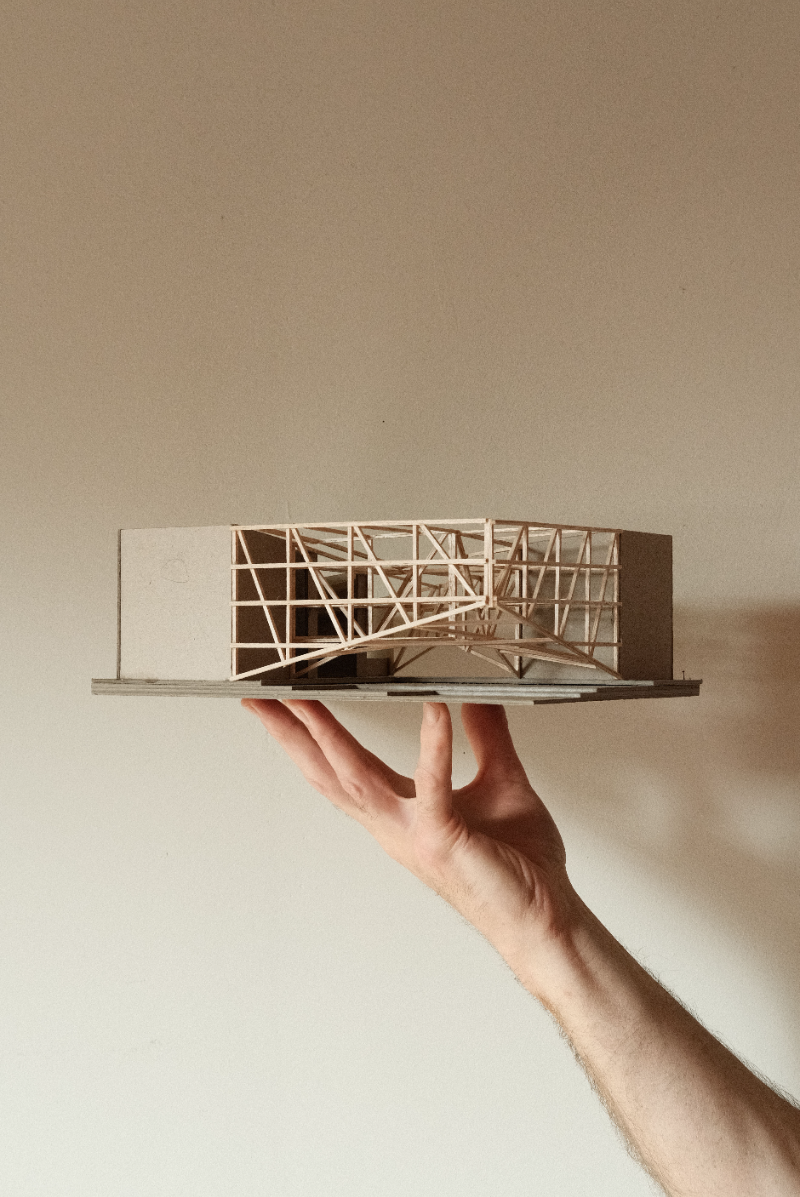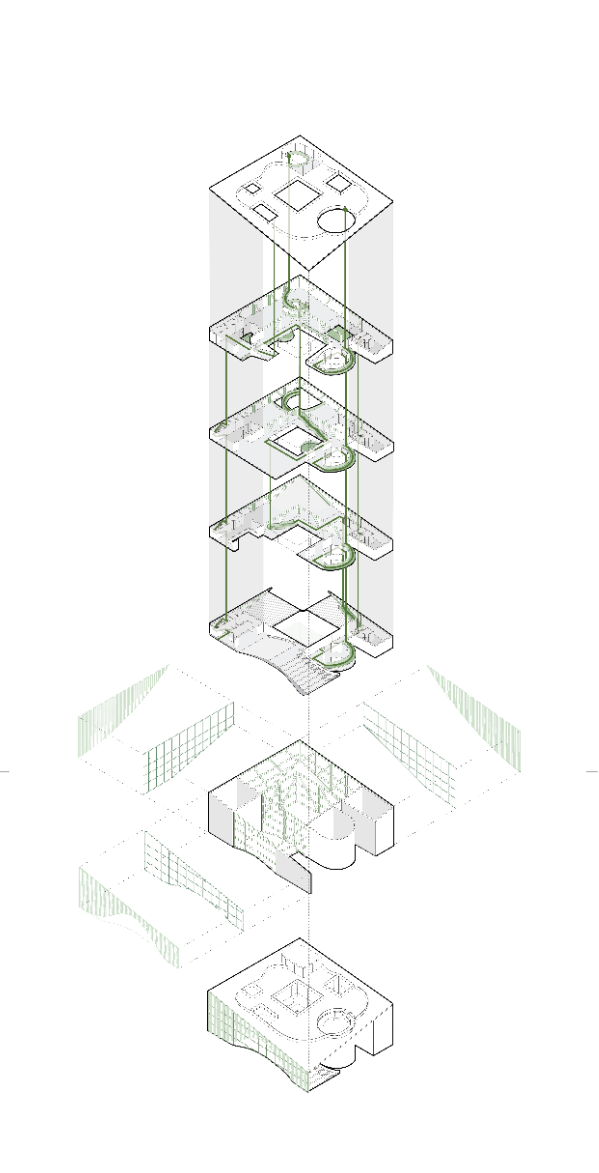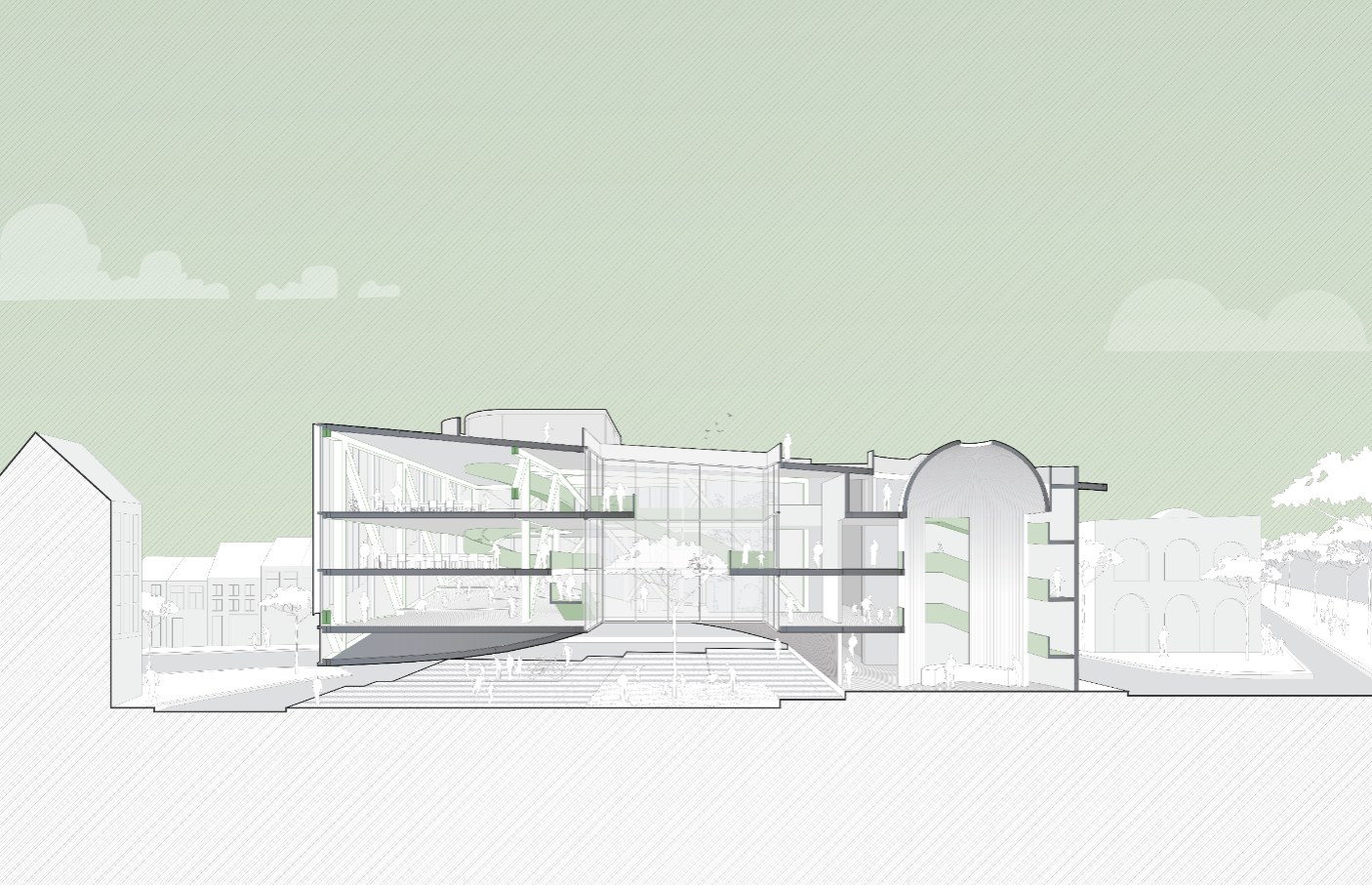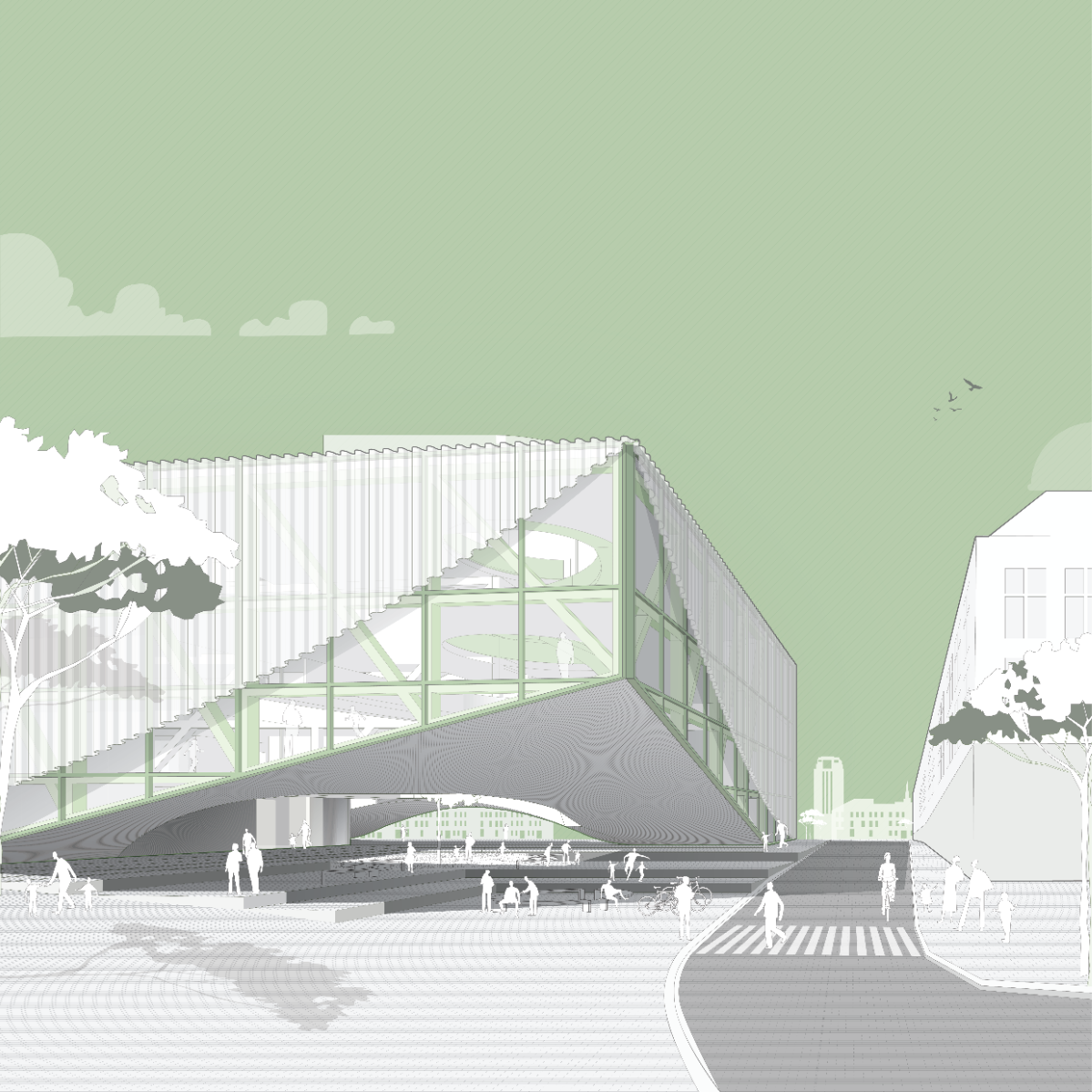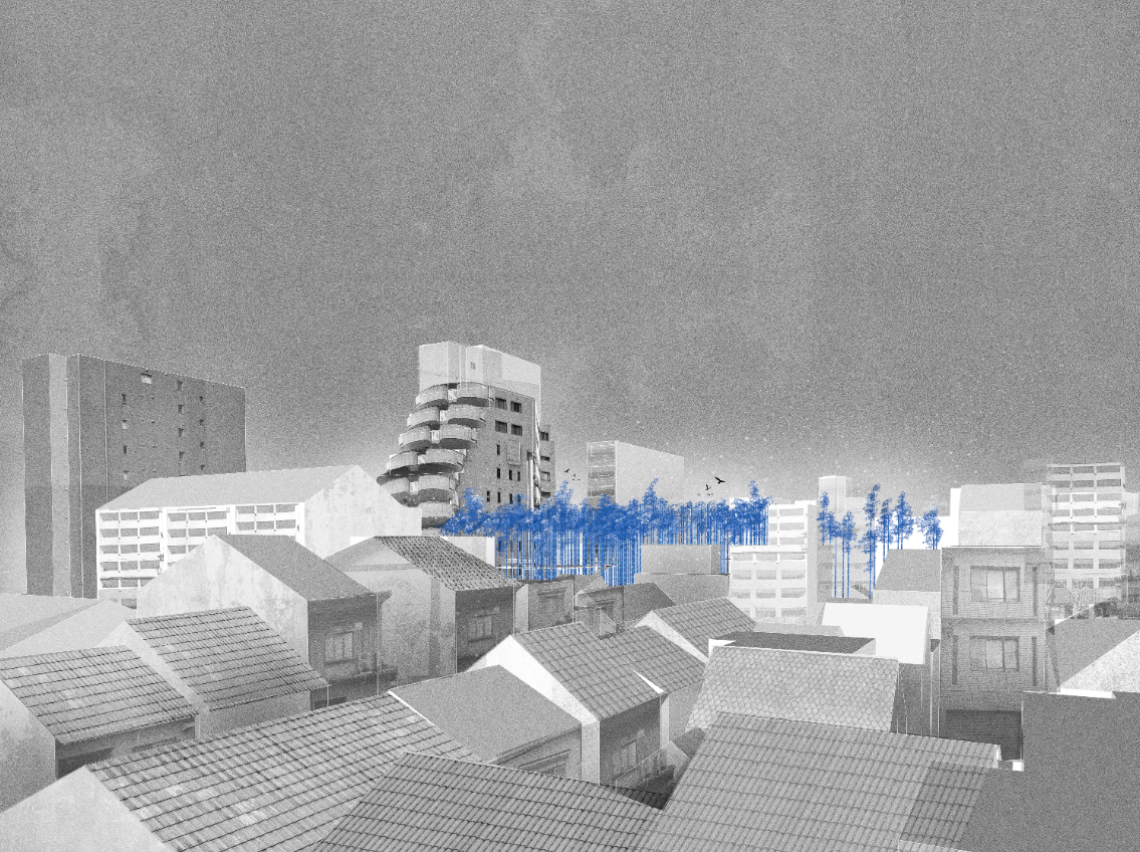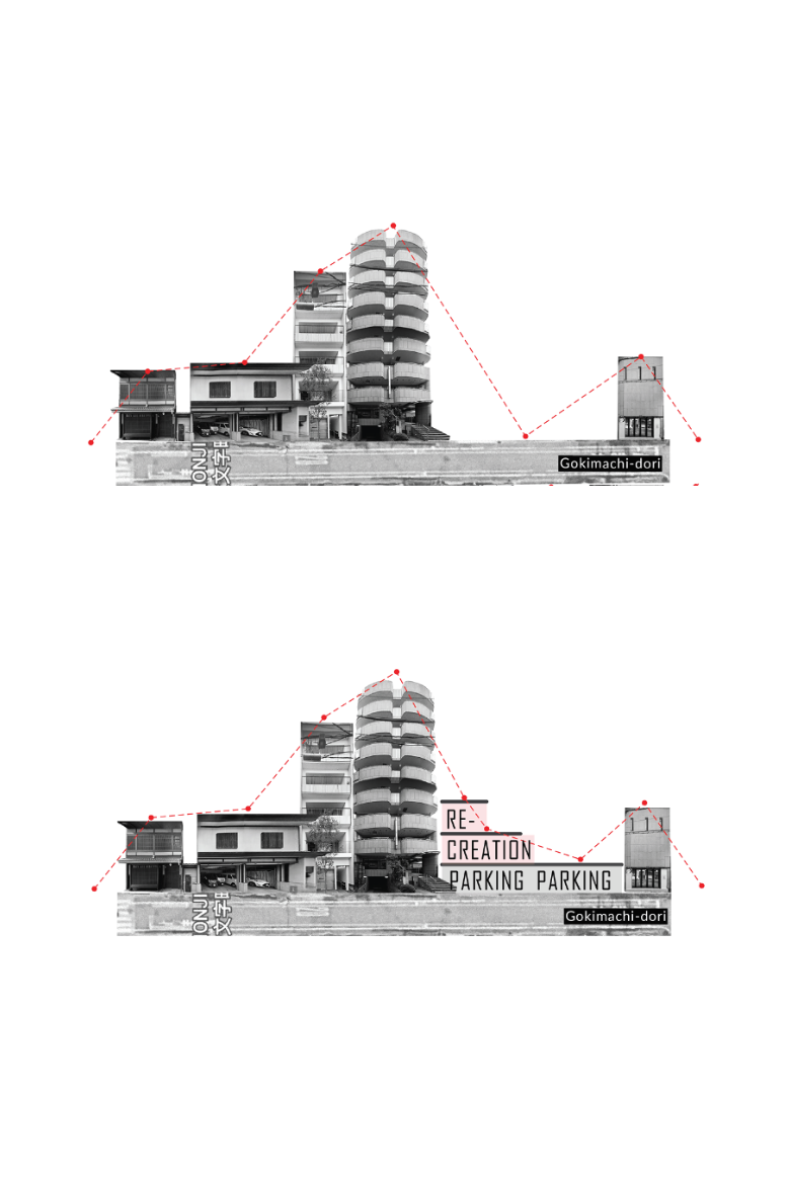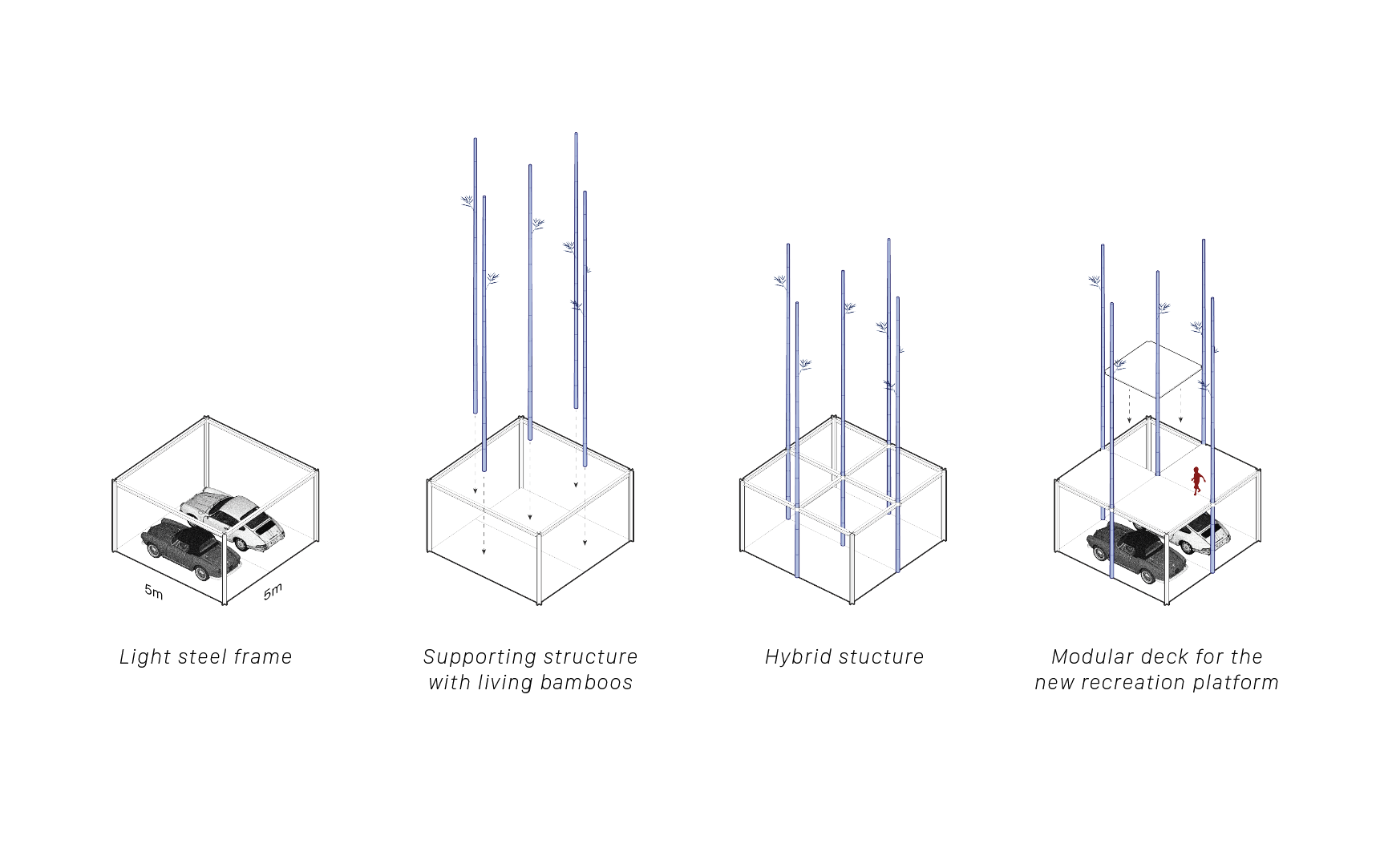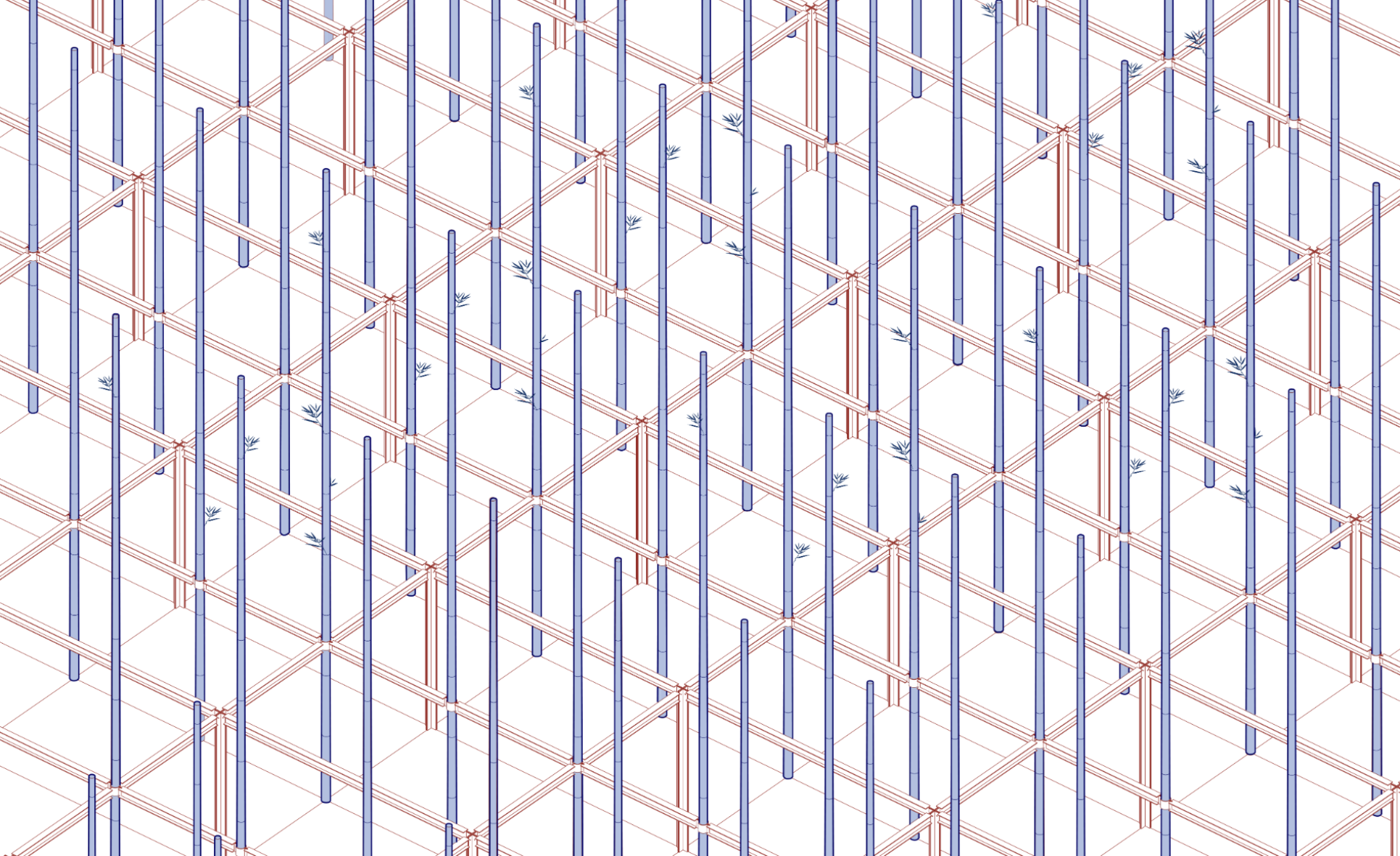Xuan Tung Cao
master of architecture
KU leuven
Specialisms: Architecture / Graphic Design /
Location: Ghent, Belgium
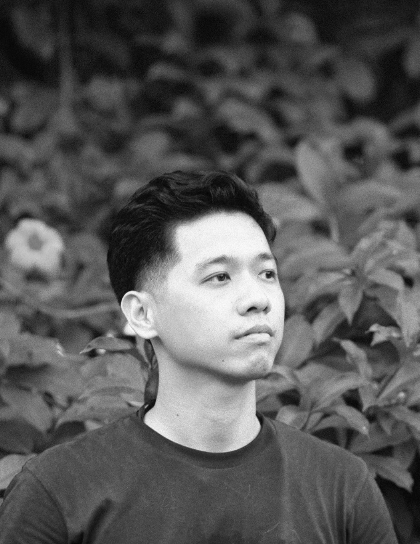

Xuan Tung Cao

First Name: Xuan Tung
Last Name: Cao
Specialisms: Architecture / Graphic Design
Sectors:
My Location: Ghent, Belgium
University / College: KU leuven
Course / Program Title: master of architecture
About
(Xuan) Tung Cao recently finished the Master of Architecture program at KU Leuven, Belgium with great distinction. He was born and raised in Hanoi, Vietnam, in an era of major economic and social changes. Witnessing the dynamic and rapid development of this Asian megacity throughout the years sparked his interest in the potential of public spaces for regenerating urban interconnectivity. He strongly believes that small interventions in spaces can generate a huge impact on living quality
The project focuses on revitalizing the central area of Ta So, a typical Hmong village in Northern Vietnam. Featuring the rich culture of the Hmong community, the project aims to improve the living environment for the villagers while also strengthening the infrastructure to accommodate the rising trend of tourism in the region. To minimize the environmental impact, local materials such as bamboo and fabric are being used for the project. The structures are designed to be minimalistic and suitable for local construction techniques. Mist, a natural phenomenon in the area, will also be highlighted and utilized as a sustainable source of clean water for the village through a "fog catcher" system. The project consists of two main parts: Ta So Hub: To minimize construction waste, the new hub will be constructed using the existing structure of the old cultural center. Essential load-bearing components like brick walls and concrete columns will be preserved, while new spaces will be integrated to create a diverse and adaptable environment for various purposes. The architectural design of the new building draws inspiration from traditional Hmong houses, characterized by long porches, low roofs, and frame structures, resulting in a more intimate space conducive to community interactions. The roof system is proposed to be constructed using the “latex concrete shell” technique. This technique combines fabric with cement to form the main structure of the roof. With this method, the concrete shell is created by the tensile strength of the fabric stretched within a supporting framework underneath. Therefore, traditional fabric is incorporated into the construction, providing a simultaneously familiar and refreshing atmosphere. Central Square: The central square stands as a pivotal public area within the village. The square's new structural system serves a dual purpose, acting as a fog-catching mechanism that transforms mist into water, which is then collected in an underground reservoir to meet local water needs. Additionally, the bamboo and mesh modules integrated into this structural system function as partitions for market stalls. During weekends, the square comes alive as farmers from the region gather to showcase their products and food for exchange and trade, creating a vibrant weekend market. Within the square, the landscape is transformed through a terraced step and greenery arrangement that follows the natural contours of the land. This layout offers a spacious open area suitable for recreational pursuits, festivals, day-to-day activities, as well as seating areas designed for relaxation and observation. These spaces provide ideal vantage points for witnessing the array of events taking place on the field, including traditional games and sports competitions.
Competitions

Global Design Graduate Show 2023
“The Squares” is a multifunctional public facility designed to serve various current and future needs of the city of Ghent. The project focuses on different spatial forms to create a flexible environment for the residents to use for diverse adaptations and purposes in the future The building is located adjacent to Sint-Pietersplein Square in Ghent, at the intersection point of streets and pathways leading to this square. The ground floor is maximally open to the public, functioning as a flexible threshold connecting the surroundings to the main square. The roof is considered as the fifth facade, with one corner lowered to create a slope that connects the terrace to Sint-Pietersplein square below. With the gentle slope, this space is also designed as a playground where people can sit and watch the city from above. At the same time, the roof is perforated, creating various voids for different types of spaces inside the building, such as skylights, inner gardens, and connecting pathways. This helps bring greenery, natural light, and ventilation into the interior.
The neighborhood of Aneyakouji, located in the historical center of Kyoto, is a harmonious mixture of the traditional atmosphere with Kyo-machiya (traditional Kyoto townhouses) and a contemporary lifestyle of new apartment buildings and shopping centers. However, public spaces have not been taken appropriately into consideration here. Most of the open spaces are currently occupied for car parking. With the respect of the existing context, the new structure is created with the ambition of building a multifunctional bridge to restore the loosened relationship among the local residents of the neighborhood. The new recreation park is integrated into the parking area of the neighborhood, not only to enhance the vertical spatial connections of the surrounding buildings but, more importantly, to create a high-quality public space for citizens while optimizing limited space in the city. A light structure is considered to minimalize the (visual) impact of the new intervention. With thin steel beams -columns and perforated modular decks, the space is opened to allow light in and maximize natural ventilation of the surroundings. On the other hand, with its durability, living bamboo is used as supporting structure, while adding a new natural atmosphere to the urban context. The structural elements are made by module for easy assembling and installation. Inspired by the images of Kyoto’s bamboo forest, living bamboo is featured in the design, acting as a green element to cool down the summer heat of the concrete city blocks in the area, providing shade and a friendly natural environment for public gathering.
